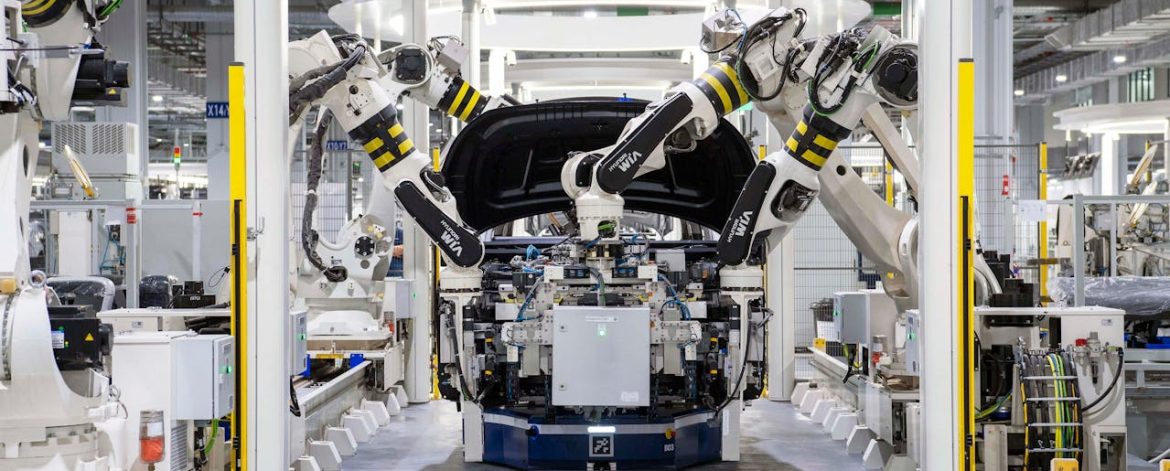Legacy System Modernization: A Crucial Step in Digital Transformation
In today’s rapidly evolving digital landscape, legacy system modernization has become a critical component of successful digital transformation initiatives. As organizations strive to stay competitive and meet the demands of the modern business environment, updating outdated technologies is no longer optional—it’s a necessity.
Understanding Legacy Systems
Legacy systems are outdated technologies, software, or hardware that continue to be used within an organization despite being obsolete. While these systems may still function as intended, they often lack the capabilities and flexibility required to support current business needs and technological advancements.
Challenges Posed by Legacy Systems
1. Inflexibility: Legacy systems are often rigid and difficult to modify, hindering an organization’s ability to adapt to changing market conditions.
2. Increased Costs: Maintaining outdated systems can be expensive, with a significant portion of IT budgets allocated to “keeping the lights on”.
3. Security Risks: Older systems may lack modern security features, making them vulnerable to cyber threats.
4. Productivity Drain: Legacy software and hardware can significantly impact productivity, costing U.S. companies an estimated $1.14 trillion annually.
The Importance of Modernization
Legacy system modernization is crucial for organizations looking to unlock the full potential of digital transformation. By updating outdated technologies, companies can:
1. Improve Agility: Modern systems allow for faster adaptation to market changes and customer needs.
2. Enhance Efficiency: Streamlined processes and improved functionality lead to increased operational efficiency.
3. Strengthen Security: Updated systems offer better protection against evolving cyber threats.
4. Enable Innovation: Modernized infrastructure provides a foundation for implementing cutting-edge technologies like AI and big data.
Approaches to Legacy System Modernization
There are several strategies organizations can employ when modernizing their legacy systems:
1. Encapsulation: Extending an application’s features by making them available as services via an API.
2. Rehosting: Redeploying an application to new infrastructure without modifying its code.
3. Replatforming: Migrating to a new runtime platform with minimal code changes.
4. Refactoring: Restructuring existing code to improve non-functional attributes.
5. Rearchitecting: Altering code to shift to a new application architecture.
6. Rebuilding: Redesigning or rewriting the application from scratch.
7. Replacing: Eliminating the old application and replacing it with a new solution.
Steps to Successful Modernization
To effectively modernize legacy systems, organizations should follow these key steps:
1. Evaluate Current Systems: Assess existing technologies based on business fit, value, agility, cost, complexity, and risk.
2. Define Objectives: Clearly outline the goals and expected outcomes of the modernization effort.
3. Choose the Right Approach: Select a modernization strategy that aligns with business needs and offers the highest impact and value.
4. Implement Gradually: Adopt an iterative approach to minimize disruption and manage risks effectively.
5. Focus on Core Improvements: Prioritize enhancements to critical system components rather than reinventing everything.
Overcoming Challenges
While legacy system modernization offers numerous benefits, it’s not without challenges:
1. Time and Cost: Modernization projects can be expensive and time-consuming.
2. Risk Management: Updating core business systems carries inherent risks that must be carefully managed.
3. Integration Complexities: Ensuring seamless integration between new and existing systems can be challenging.
4. User Acceptance: Resistance to change from end-users may hinder adoption of new systems.
Conclusion Legacy system modernization is a critical step in achieving successful digital transformation. By updating outdated technologies, organizations can improve agility, enhance efficiency, strengthen security, and enable innovation. While the process may present challenges, the benefits of modernization far outweigh the risks of maintaining legacy systems in today’s fast-paced digital landscape.








